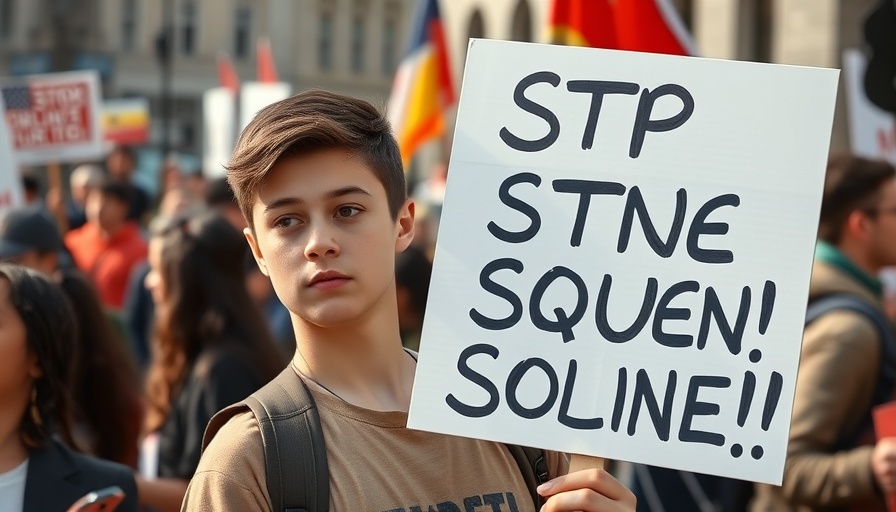
University of Minnesota Students Detained: An Alarming Trend
In a shocking development, two graduate students from the University of Minnesota and Minnesota State University Mankato were detained late last week by U.S. Immigration and Customs Enforcement (ICE) agents. This incident has sparked widespread protests and concerns among the student community, demanding answers and action regarding the treatment of international students in the current political climate.
The Broader Social Impact of ICE Detentions
The detainment of these students highlights a growing fear among international students attending American universities. For many, studying in the United States embodies a dream of academic excellence and cultural exchange. However, incidents like these stir anxiety, making them feel unwelcome, and impacting their mental well-being. The response from peers and faculty, including rallies at the University of Minnesota, underscores the unified stance against such actions. Students believe their educational experiences should be devoid of fear and politicization.
Connecting the Dots: Personal Stories from Affected Students
The emotional narrative surrounding these detentions beckons individual stories. Many who come to study in the U.S. have sacrificed significantly in their home countries. Take, for instance, a student from Brazil who shared their feelings during a rally, stating, "I came here to learn, not to live in fear of being sent back." Such sentiments resonate across countless voices, reminding us that beyond statistics, these are real people whose lives are deeply affected.
Understanding ICE’s Role and the Broader Implications
ICE’s enforcement actions are often justified as necessary for national security. However, critics argue that these detentions disproportionately target individuals based on their status rather than any legitimate criminal activity. This treatment fosters a disconnect between students and the institutions meant to support them. Questions arise—what is the cost of such policies on education and diversity?
What This Means for the Future of Education
Looking ahead, educational institutions must advocate for the rights and safety of their students. The increasing vigilance among students signals a shift towards demanding a more inclusive and supportive environment, one where fear does not overshadow the pursuit of knowledge. It remains crucial for universities to collaborate and create frameworks that protect their students regardless of their national origins.
As discussions about immigration and student rights gain momentum, it is essential to recognize the influence of our collective voice. Engaging in dialogue can foster change, and advocacy can reshape the future. We must stand together with those affected by these policies, ensuring education remains accessible to all.
In moments like this, it is vital for stakeholders, from policymakers to educators, to understand that the fabric of education is woven with diversity and inclusion. We must remind ourselves that each of these students is more than just a number—each has a story and potential that enriches our society.
 Add Row
Add Row  Add
Add 




Write A Comment